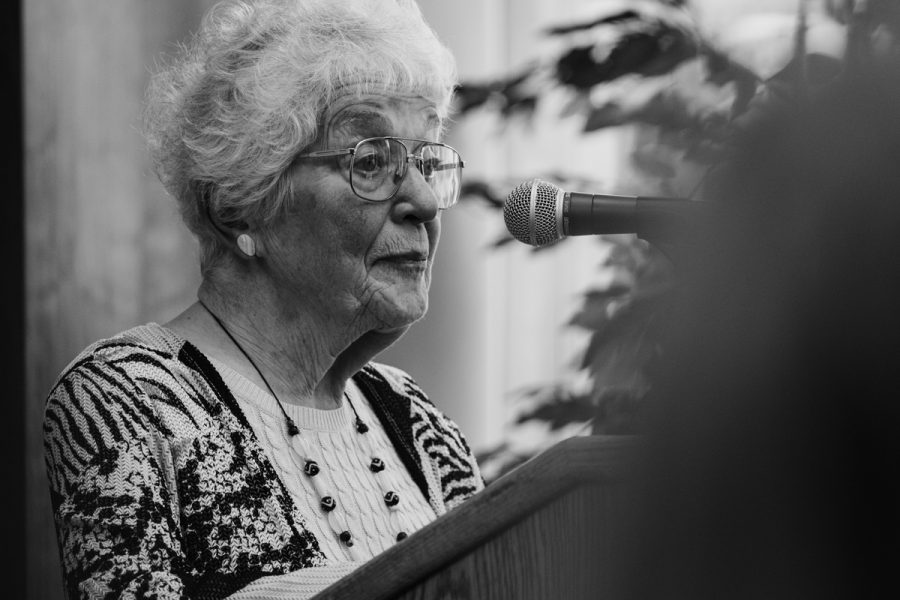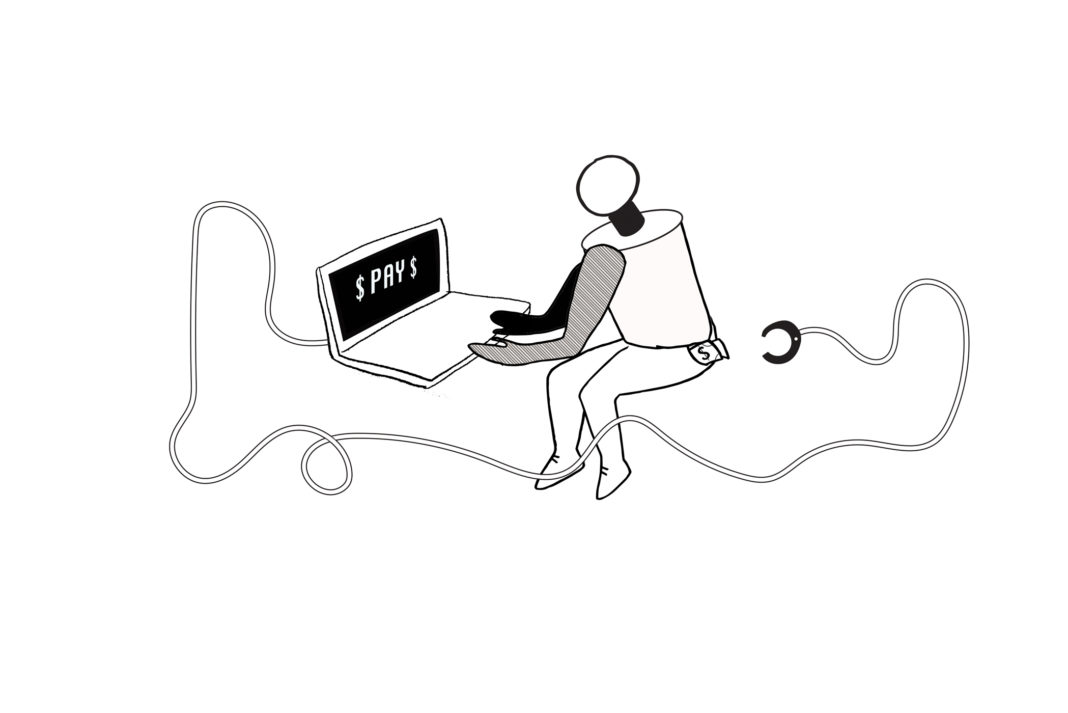Turkey threatens to “crush the heads” of remaining fighters
Syrian Kurds and Turkey agreed to a five-day ceasefire on Oct. 18 in order to allow Kurdish fighters and civilians to leave the border area between the two countries.
After President Donald Trump announced the withdrawal of United States troops from northern Syria on Oct. 9, Turkey invaded the country, seeking to create a so-called safe zone for the thousands of Syrian refugees in Turkey.
Turkey’s invasion began with air strikes against several towns along 150 miles of the Syrian-Turkish border. The air strikes disproportionately affected two towns, Tell Abyad and Ras al-Ain.
“There is a state of fear and terror among the people here and the women and children are leaving town,” Akrem Saleh, a journalist in Ras al-Ain, told The New York Times.
By the end of Oct. 9, five civilians and three Syrian Democratic Forces fighters were killed in the Turkish airstrikes, according to authorities. The Britain-based Syrian Observatory for Human Rights group, however, reported as many as 11 people were killed by the end of Oct. 9, eight of which were civilians.
The ceasefire agreement between the SDF, which represents Kurdish fighters, and Turkey applies only to the so-called safe zone, an area whose borders are unclear and are still debated. The U.S. government—which has historically supported the Kurdish fighters until the withdrawal of troops—said it believes the border of the safe zone extends approximately 20 miles into northern Syria. The Turkish government said it believes the zone extends the same distance, but also that it reaches the Euphrates River, which borders Iraq.
Less than 24 hours after the ceasefire agreement was made, there were reports Turkey had violated the agreement and attacked several locations with a high civilian population, including a hospital, according to CNN.
“SDF are committed to the ceasefire, but from last night [Oct. 18] until this morning [Oct. 19] we are seeing shelling on Ras al-Ain by the Turkish military and its mercenaries on SDF and civilian Kurdish targets, and in particular on the Ras al-Ain hospital in the city this morning,” Merivan Qamishlo, SDF press commander, told reporters, according to CNN.
Between Oct. 19–20, Turkish forces reportedly killed 16 additional SDF fighters and injured three more, despite the ceasefire agreement. Following the continued attacks, Kurdish fighters abandoned Ras al-Ain, leaving in an 86-vehicle convoy carrying SDF fighters and several wounded civilians.
Turkish President Recep Tayyip Erdogan made an announcement on Oct. 20, stating if all SDF fighters did not withdraw from the safe zone the country was attempting to construct, Turkish forces would “crush the heads” of those who remain.
“If [the ceasefire agreement] works, it works,” Erdogan told reporters, according to The Independent. “If not, we will continue to crush the heads of the terrorists the minute the 120 hours [of the agreement] are over. If the promises that were made to us are not kept, we will not wait like we did before, and we will continue the operation where it left off once the time we set has run out.”
Turkey faced criticism from the international community for its invasion of Syria and the continued attacks against the Kurds despite the ceasefire agreement. NATO’s secretary general, Jens Stolenberg, called upon Turkey to “act with restraint,” while the German Foreign Office sent out a tweet claiming the invasion will “further undermine the stability of the whole region.”
“This risks destabilizing the region, exacerbating humanitarian suffering and undermining the progress made against [the Islamic State], which should be our collective focus,” British Foreign Secretary Dominic Raab said in a statement. “Turkey has shown considerable generosity in hosting so many Syrian refugees. But we will not support plans for returns until the conditions are in place for a voluntary and safe return home.”
Trump has also faced international and domestic, bipartisan criticism for the decision to fully withdraw troops from Syria. Speaker of the House of Representatives Nancy Pelosi criticized Trump, saying he had a so-called meltdown during discussions about the situation in Syria, and claimed “dangerous opening [has] been provided to [IS], Iran and Russia” as a result of the withdrawal.
“Pray for our Kurdish allies who have been shamelessly abandoned by the Trump administration,” U.S. Republican Senator Lindsey Graham of South Carolina tweeted. “This move ensures the re-emergence of [IS]…I urge President Trump to change course while there is still time by going back to the safe zone concept that was working.”






